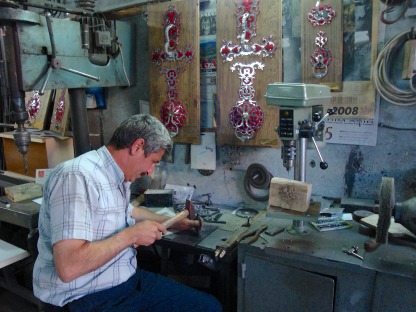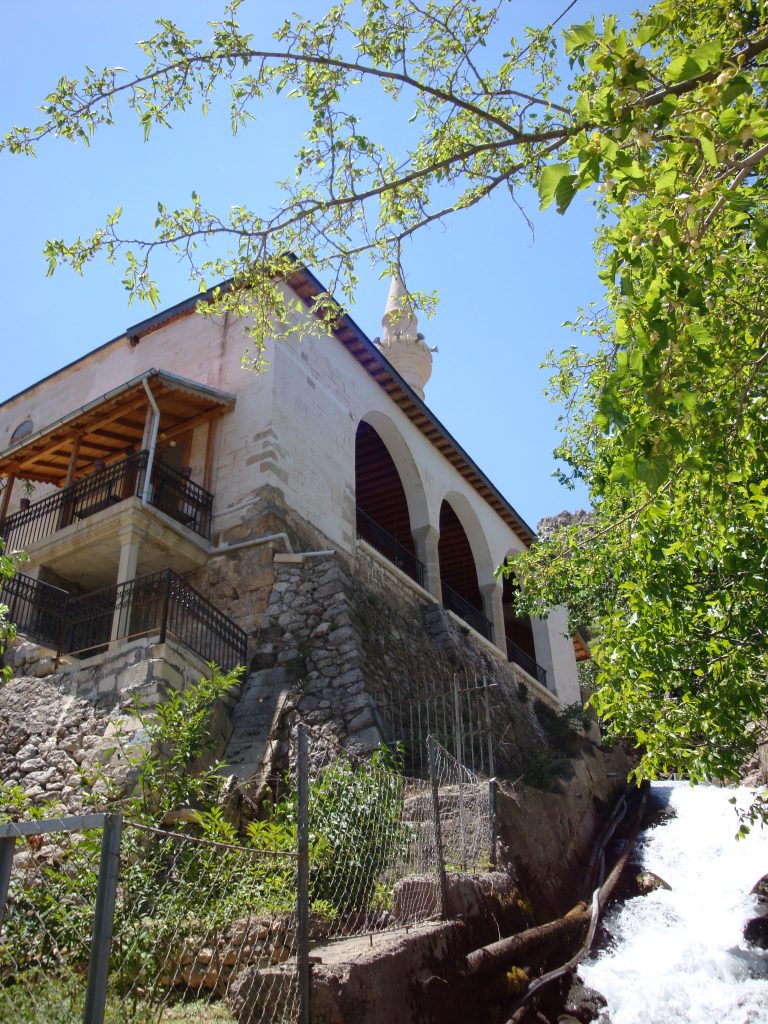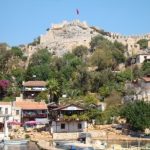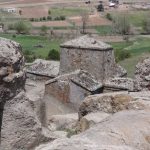A town named after Atatürk Population: 2,500
Old name: Eğin
Right in the heart of Central Anatolia, Kemaliye has something of an identity problem when it comes to foreign tourism since virtually no one has heard of it. The reasons for its low profile are twofold. In the first place, it’s not very easy to get to. Although it’s now possible to drive there from Divriği, Divriği itself is pretty hard to reach. There are daily minibus services from Erzincan, Elazığ and Malatya, but they’re all rather unreliable.
The second reason also has to do with location. Look for Kemaliye on a map and you’ll see that it’s fairly close to Tunceli/Dersim, a town which acted as the northwestern outpost of the troubles that ripped the southeast of Turkey apart in the 1990s. Kemaliye had nothing to do with this but inevitably fell victim to the security arrangements that bedevilled travelling around this part of Turkey at that time.
But now the town has woken up to its own potential. It has two particularly strong selling points, the first of which is the natural beauty of its location amid the lush greenery and superb unspoilt scenery of the Munzur Mountains. The air up here is enthrallingly fresh and this is a great place for lovers of outdoor activities, with possibilities for walking, climbing, kayaking, mountain biking, even hang-gliding (although you can also take a less energetic boat ride through the Karanlık Kanyon).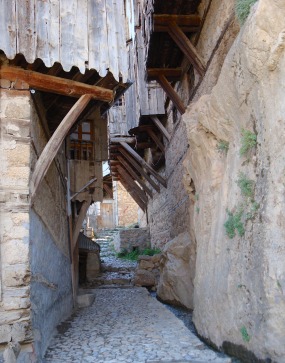
In spring and early summer the yaylas (high pastures) break out in a rich carpet of wild flowers. A few lucky visitors may even get to spot the wild goats that live on the mountainside too.
But Kemaliye is also a town with a history. As Eğin, it was a place with a mixed Turkish and Armenian population which had its name changed to Kemaliye in 1922 to commemorate its part in the Turkish War of Independence (1919-23) under the leadership of Mustafa Kemal Atatürk and erase the memory of the Armenian past.
Traditionally, local houses were built from wood and stone. The ground floor was made of stone interspersed with strips of mulberry wood, while the second floor, which would have accommodated the family’s living quarters, was usually made of wattle and daub faced with wood. Some houses had a third floor, while almost all of them had an open-sided loft area edged with wood.
Their huge doors were studded with hand-carved nails and adorned with intricate metal door knockers; the upper knockers were designed to give off a deeper sound than the lower ones, thereby enabling people to know immediately whether a man or woman was at their door.
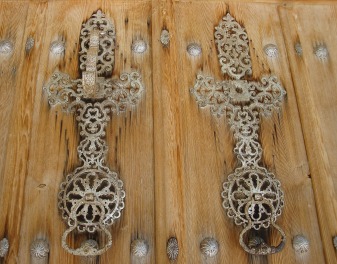 You’ll still find many of these houses surviving today, especially if you wander round the upper part of town.
You’ll still find many of these houses surviving today, especially if you wander round the upper part of town.
Unfortunately, even in the nearby villages it’s almost impossible to find an old wooden building that has not been faced (or defaced) with what the locals call saç, ugly corrugated iron sheets without which – or so they assure visitors – the many semi-abandoned houses might long since have collapsed.
Kemaliye is not some forgotten mountain Shangri-La then – and the high-rise TOKİ development by the river is lamentable – but it’s still the sort of place where you can arrive planning a two-day visit and still be there a week later.
Around town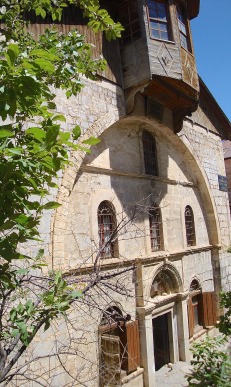
Upper Kemaliye harbours two fine mosques, the Tasdibi and Orta Camis. A mountain stream pours down beside the Orta Cami, ensuring that those inside have the sound of running water as a constant backdrop to their prayers.
Just below the Orta Cami, a restored flour mill is back in noisy business, while across the way the attractively decorated Lökhane serves freshly-made fruit juices and lök, a sweet made from mulberries mixed with walnuts.
On the outskirts of town heading for Malatya you’ll see an especially fine stone building with what looks like a wooden gazebo on its roof. This was once the Armenian church and now houses a small, rather dusty museum of local ethnographic artefacts.
Taş Yolu and Karanlık Kanyon
The Taş Yolu (Stone Road) links Kemaliye with Divriği. It’s a road that was more than a century in the making and when you see it you can immediately understand why. It trundles along a ridge high above the Euphrates (Fırat) River, passing through 4,722m of separate tunnels, each of them laboriously hacked out of the mountainside.
As if that were not enough, the road and the tunnels pass through the so-called Karanlık Kanyon (Dark Canyon), a rocky gorge so deep that the sun barely penetrates its bottom with the river sauntering through it a great deal more calmly than it has any right to.
Sleeping
Bozkurt Otel. Tel: 0446-751 2551
Haci Ömer Konukevi. Tel: 0532-214 8456
Bahçeli Evi. Tel: 0446-751 2065
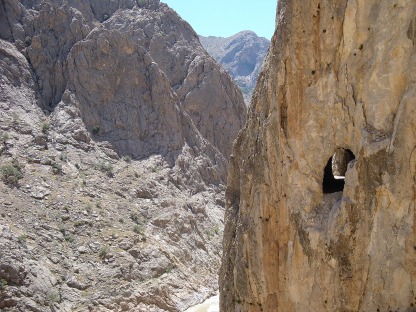 Transport info
Transport info
There’s one afternoon bus each from Erzincan, Elazığ and Malatya leaving at 3.30 or 4pm and returning at 6am.
Car rental to explore the villages and Taş Yolu is available from Kanyon Rent A Car (Tel: 0446-751 2025).
Day trip destinations
Apcağa
Ergü
Kozlupınar
